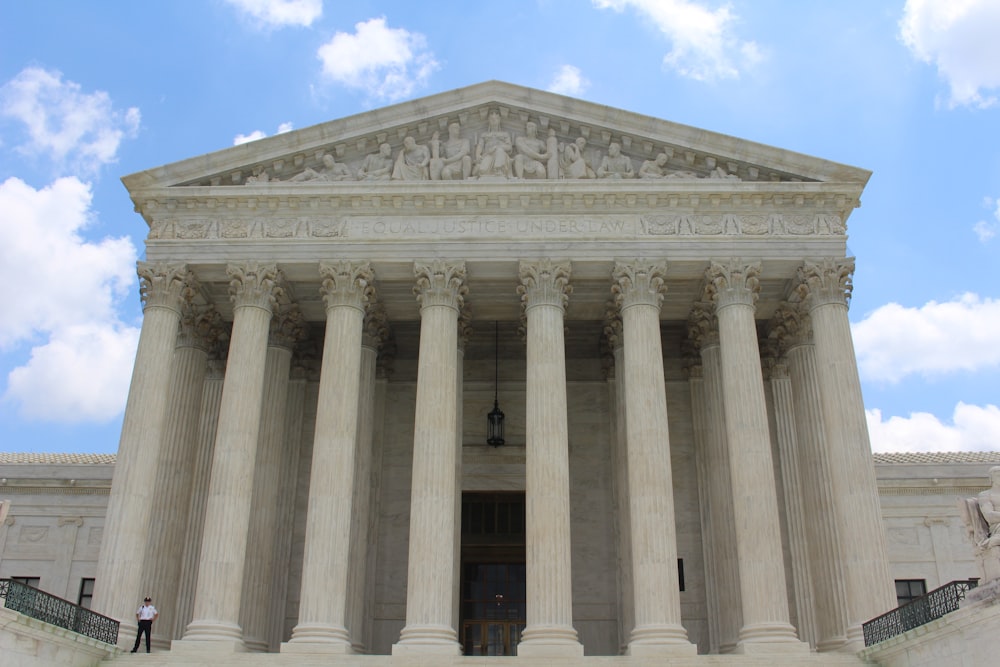
Introduction
Navigating legal waivers for regulatory compliance is a critical aspect of business operations. Understanding the intricacies of legal waivers and their role in ensuring regulatory adherence is essential for businesses across various industries. In this article, we will delve into the complexities of legal waivers, unraveling their significance, key components, and best practices for achieving regulatory compliance.
Importance of Legal Waivers
Legal waivers serve as protective measures that help businesses mitigate risks and liabilities associated with certain activities or services. They outline the rights and responsibilities of parties involved, clarify the scope of liability, and establish a framework for dispute resolution. For businesses, obtaining and implementing effective legal waivers is crucial for safeguarding interests, maintaining compliance with regulations, and minimizing legal exposure.
Understanding Regulatory Compliance
Regulatory compliance refers to the process of ensuring that businesses adhere to laws, regulations, and industry standards relevant to their operations. Failure to comply with regulatory requirements can result in penalties, legal challenges, and reputational damage. By understanding regulatory frameworks and integrating legal waivers into compliance strategies, businesses can navigate legal complexities more effectively and mitigate compliance-related risks.
Key Components of Legal Waivers
Effective legal waivers typically include several key components to ensure clarity and enforceability:
- Scope of Waiver: Clearly define the scope and limitations of the waiver, specifying the activities, rights, or risks covered by the waiver agreement.
- Release of Liability: Include provisions that release parties from certain liabilities or claims arising from specified actions or events, outlining the extent of liability limitation.
- Terms and Conditions: Outline terms and conditions that govern the waiver agreement, including obligations, rights, payment terms (if applicable), and dispute resolution mechanisms.
- Legal Language: Use clear and unambiguous language in drafting waivers to avoid misinterpretation or disputes regarding the intent and scope of the agreement.
- Compliance Requirements: Ensure that waivers comply with relevant regulatory requirements, industry standards, and legal principles to enhance their validity and enforceability.
Best Practices for Legal Waivers Compliance
Achieving regulatory compliance through legal waivers requires adherence to best practices:
- Customization: Tailor waivers to the specific activities, services, or transactions involved, addressing unique risks, and legal considerations.
- Clarity and Transparency: Clearly communicate waiver terms, rights, and responsibilities to all parties involved, ensuring mutual understanding and consent.
- Legal Review: Seek legal review and advice when drafting or modifying waivers to ensure compliance with applicable laws, regulations, and contractual obligations.
- Documentation: Maintain accurate records of waiver agreements, including signed copies, communication records, and any amendments or updates.
- Periodic Review: Regularly review and update waivers to reflect changes in regulatory requirements, business operations, or risk profiles, ensuring ongoing compliance.
Navigating Compliance Challenges
While legal waivers play a crucial role in achieving regulatory compliance, businesses may encounter challenges such as evolving regulations, diverse stakeholder expectations, and complex contractual relationships. By adopting a proactive approach, staying informed about legal developments, and engaging legal expertise when needed, businesses can navigate compliance challenges effectively and minimize legal risks associated with waivers.
Conclusion
Unraveling legal waivers for regulatory compliance requires a comprehensive understanding of legal principles, regulatory frameworks, and industry standards. By implementing best practices, customizing waivers to specific needs, and staying proactive in compliance efforts, businesses can enhance legal protection, mitigate risks, and build trust with stakeholders in a complex regulatory environment. Read more about Legal waivers compliance







